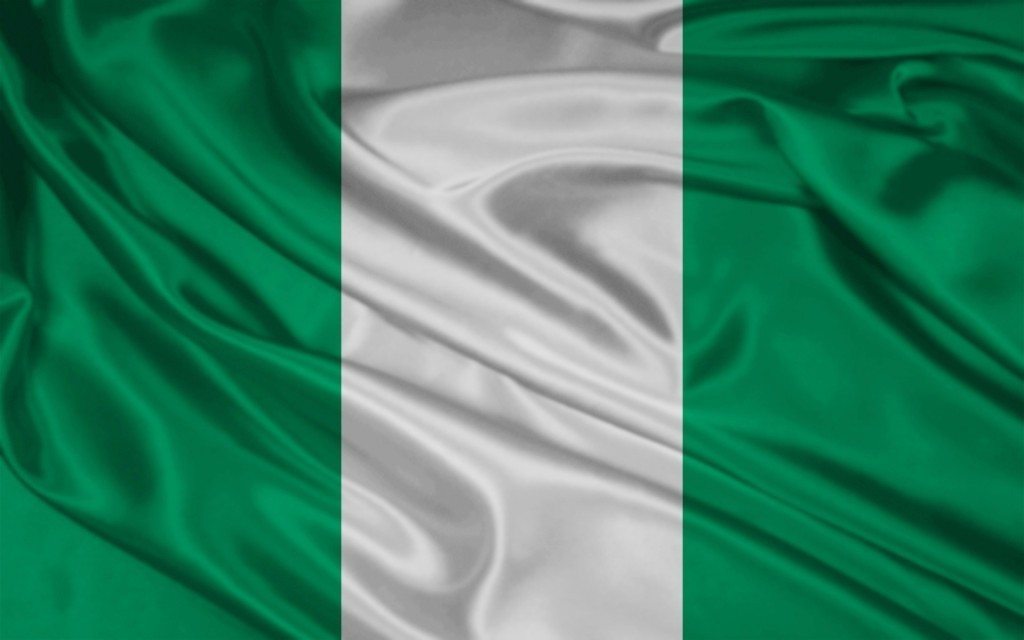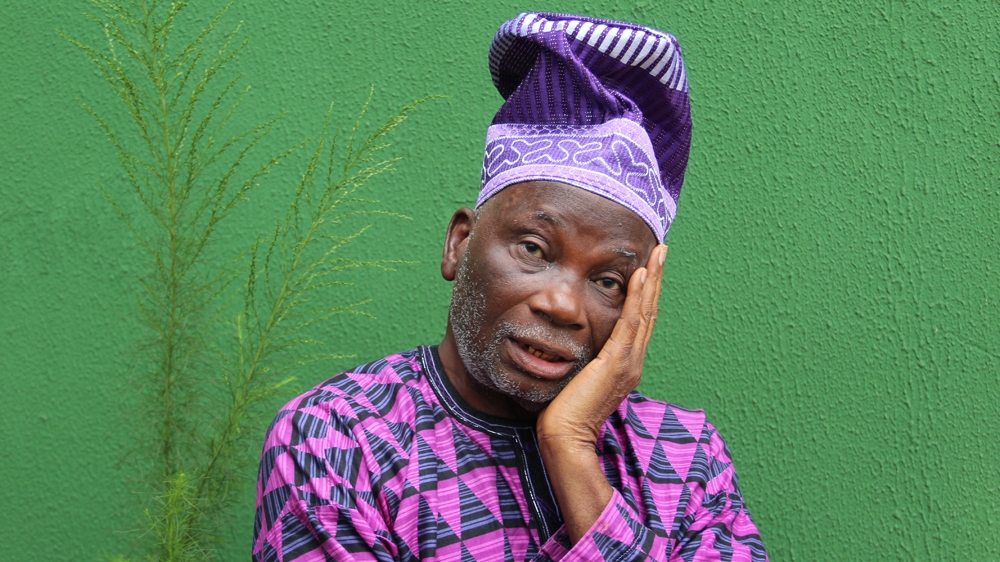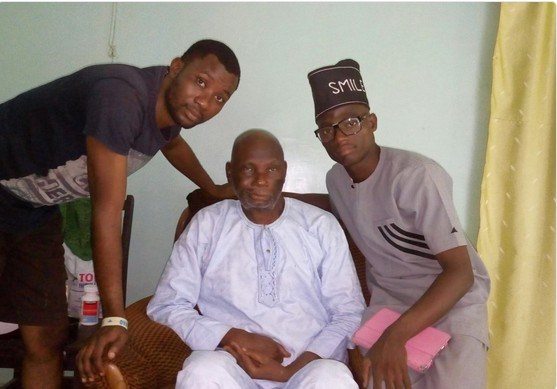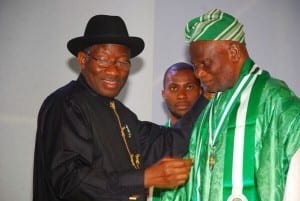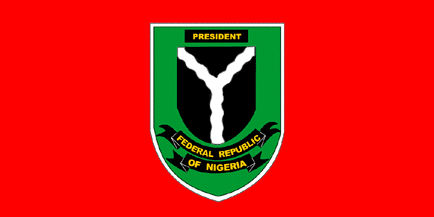The Nigerian flag was designed in 1959 by Mr. Michael Taiwo Akinkumi, a Nigerian student in London. While the central white stripe on the flag symbolises the River Niger bisecting the countryside and also the nation’s passion for peace and unity, the two green stripes on either side of the white one represent Nigeria’s evergreen vegetation and agriculture.
The Nigerian flag is one of the National symbols that makes the country unique in its own way and style. It is simple and beautiful in its design but carries a powerful message to the people of the country.
Beyond its simple design and beautiful color, have you ever wondered how its design came about, what gave rise to the need to have a flag, and why the colors green and white were chosen above all other colors on the wheel?
Who Designed the Nigerian Flag?
The Nigerian flag was designed by Mr. Michael Taiwo Akinkumi in 1959. The Yoruba man was born in Ibadan on the 10th of May 1936. As an electrical engineering student at the Norwood Technical College, London, he came across an advertisement in the National Daily paper about a competition for the design of the national flag, and he immediately picked an interest and submitted his entry to the panel in Lagos State.
Mr Taiwo deservedly emerged the winner and was awarded a whopping prize of 100,000 naira, which was a fortune back in the days. However, even though his design was the best, the original design was given a little modification by the judges to better suit what they had in mind.
Taiwo’s original design of the Nigerian flag was a little more intricate than what you see today. It had the image of a red blazing sun in the white space in between which the judges apparently felt was not necessary and as such, it was removed. The picture below shows what Akinwumi came up with before the alterations.
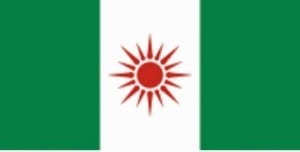
Taiwo Akinkunmi’s Reward for Designing the Nigerian Flag
For someone who did something as historic as designing the country’s flag, Mr. Michael Taiwo Akinkunmi got a monetary reward that was actually a fortune at the time but that was it. Years down the line, there were virtually no checks and balances that ensured his well-being for the honor of service he had done for his country, and as a result, he slipped the ranks and became like every other commoner who had to hustle and work really hard to earn a living.
However, Nigerians saw this as undeserving of a man who made such an outstanding contribution to the Nation. Mr Taiwo was perceived by most Nigerians to being dishonoured and abandoned by the government as his average state of living was nothing, compared to other Nigerian heroes who were well catered for all through their lifetime. Hence, people cried out on his behalf to the government to do something about his living conditions.
This led then President Goodluck Jonathan to place him on a lifetime salary equivalent to that of a special assistant. Thanks to Goodluck Jonathan, the hero finally got the honor he deserves. Following that, Mr Taiwo has been recognized by various individuals and organizations.
He also received a National Award – Officer of the order of Federal Republic (OFR) presented by President Jonathan on 29th September 2014. Prior to the National Award, even when asked in an interview, the humble Mr Akinwumi said he has been living well and lacked nothing. He resided in Ibadan, the Oyo state capital before his demise.
Description and Meaning of the Nigerian Flag
The Nigerian flag has three vertical stripes of equal sizes, the left and right stripes are green while the centre stripe is white. The central white stripe symbolises the River Niger bisecting the countryside and also represents the nation’s passion for peace and unity, while the two green stripes on either side of the white stripe represent the nations evergreen vegetation and agriculture.
Did you know that the Nigerian flag has standard measuring dimensions? Yes, it does. A large Nigerian flag measures 1.2 meters in breadth and 2.4 meters in length, a medium sized flag measures 0.9m by 1.8m, and small size flags measure 0.6m by 1.2m.
What Does The Colors of The Nigerian Flag Represent?
The Nigerian flag has three vertical stripes of equal width. The two outer stripes are green, and the middle stripe is white.
The green stripes represent Nigeria’s agricultural wealth and its lush vegetation, while the white stripe represents peace and unity among the country’s diverse ethnic groups.
Some Fascinating Facts about the Nigeria Flag
1. The flag was first officially hoisted on Nigeria’s first Independence day on the 1st of October 1960.
2. The Nigerian flag is to be shown utmost respect, no emblem or flag is to be flown or placed higher than it.
3. Old, worn-out and dirty flags are not supposed to be displayed publicly as this is seen as disrespect to the country. Worn-out flags should be destroyed and changed immediately.
4. The flag used by the President of Nigeria is a bit different from what the masses use. It is called the presidential flag. It is the national triband with the coat of arms in the centre in proportion 3:5.
5 . The flag is not only a national symbol but also the instrument of state power and the symbol of authority. It narrates the history, dreams and aspirations of the Nigerian people.
6. The Nigerian national flag is hoisted and flown in a smart manner accompanied with a ceremony at dawn and lowered in a similar manner at sunset, that is at 6 a.m and 6 p.m respectively.
7. It can be laid out flat horizontally only on very rare occasions. The only time the flag isn’t hoisted at its peak is during state funerals or memorial days when it is flown at half-mast as a sign of respect.
8. When carried in procession, the bearer is positioned in front and must be properly and neatly dressed.
9. Before now, the flag of the president of Nigeria used to look very different from what it is now. It had a red field in proportion 1:2, with a large green shield, fimbriated white, in the centre. This was charged with the shield from the Coat of Arms which is black, with a wavy-edged ‘Y’ or ‘pall’ in white (representing the confluence of the Niger and Benue Rivers against the black of Nigeria). Above and below this are three black scrolls containing the legend “President Federal Republic of Nigeria” in gold letters.
10. The date when the old flag was replaced with the newer version is not known.
11. Also in a procession where there are two flags with one being non-national, the national flag should always be in front.
12. Only special dignitaries are allowed to display the national flag on their vehicles, and it should be displayed at the right fender of the car chassis or on the radiator cap.
13. The Nigerian flag is governed by the Coat-of-Arms and Flag Ordinance of 1960. This law makes it illegal for the national flag to be displayed or used improperly.
14. Section five of the law states that any person who exhibits or flies the flag in a bad or defaced condition will be guilty of a certain offence against the ordinance.
15. The Nigerian flag is a constant reminder of our national unity and a call to the national assignment of preservation of our freedom and liberty from the past to the future.
FAQs
Is Pa Taiwo Akinkunmi Still Alive?
No, Pa Taiwo Akinkunmi is dead. The designer of the Nigerian flag, passed away on 29th August 2023, at the age of 87 after a brief illness.
What was the old Nigerian Flag Like?
The old Nigerian flag was a British blue ensign with a green six-pointed star surrounding a Tudor Crown (later changed to a St Edward’s Crown in 1953) with the white word “Nigeria” under it on a red disc. The flag was used between 1914 and 1960.
